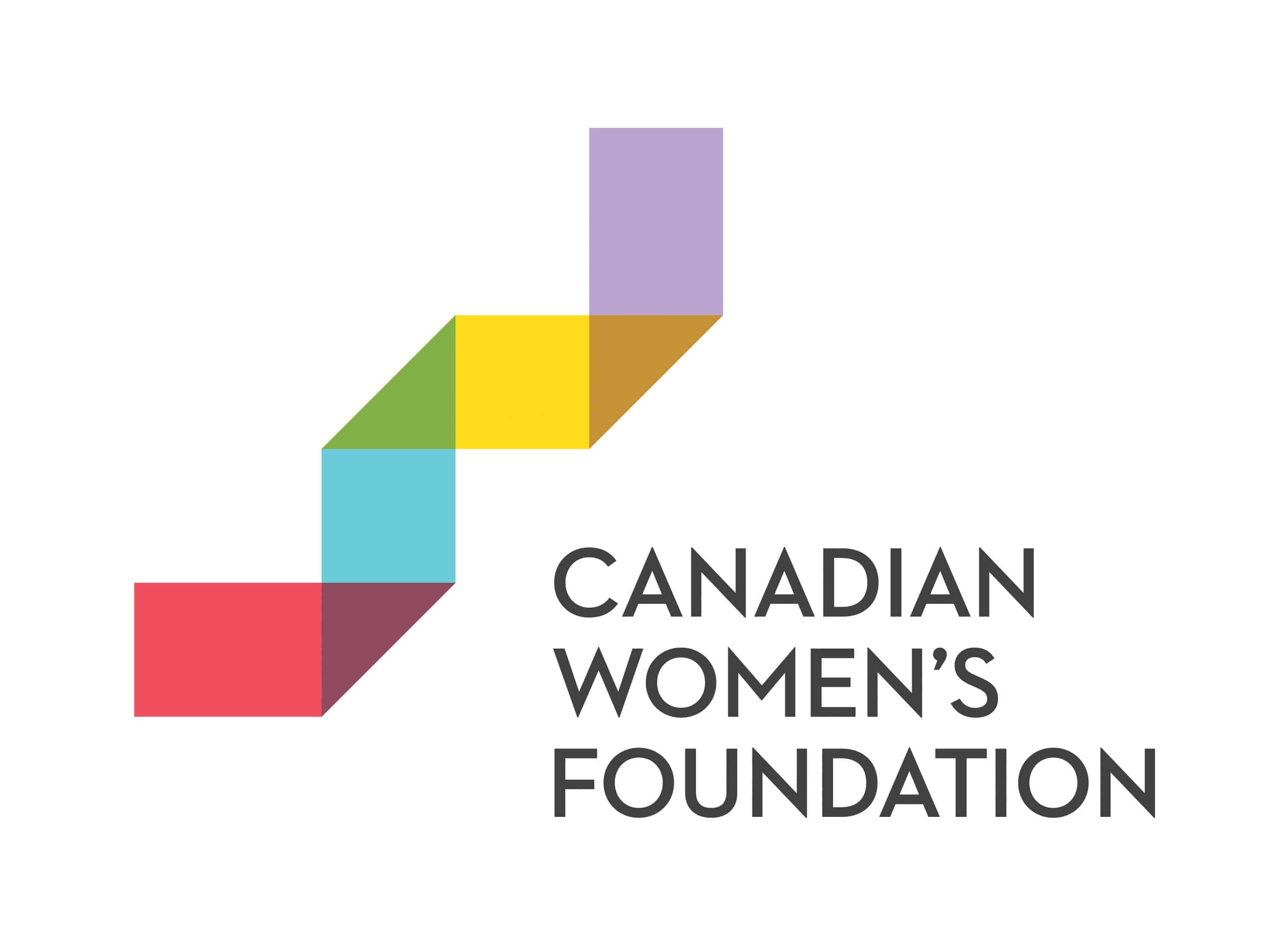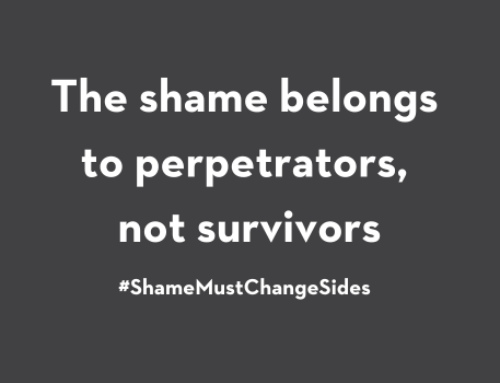Like many of you, my main interaction with technology is what I find on my cell phone, my laptop and my kids’ play devices. I am not tech-savvy and I cannot be described as a geek or a nerd, except in that I wear glasses and watch Star Wars. I don’t usually worry about what lies behind the platforms, interfaces and social media sites that I waste so many important hours on.
But recent events have opened my eyes to the huge world out there of code, engineering, design and innovation that does not usually impinge on my field of work in youth programming, healthy relationships, women’s safety and rights. And yet it should.
There are important connections. As Dr. Rena Bivens of Carleton University says: “Tech design is a social act. It’s not free of gender and power relations.” How often do we think about gender analysis in technology and if we did, what would it look like? Gender and power relations are expressed overtly online in misogynistic Twitter feeds like ‘tweet like a man’. Online threats follow women who speak out about women’s rights online. You may have followed and contributed to the recent Twitter hashtag YesAllWomen – but did you know that the creators of that hashtag are now under attack?
Our online world reflects our real life inequalities, and often they are amplified by constant repetition. Any harm done in this sphere is usually extended, in terms of reach, in terms of permanence and in terms of impact. Insults can be crueler than in real life because it is easier to text harsh words than to say them to someone’s face. And it is easy to find lots of people to pile on behind an insulting post without witnesses or bystanders who intervene as they might in real life. Women and girls have experienced irreparable harm because of this kind of violence.
What would it actually take to have women and girls safe online? The current bill in parliament on cyber safety (C-13) offers additional protection for online stalking and harassment as well as non-consensual sharing of images. Will this legislation stop rape threats made online? Legislation is definitely part of the picture, but how law abiding are we as a nation and are laws really preventive? Do external rules govern our behaviour, or do values provide our inner guidance system? I believe that we need both and that in order to engage all parts of ourselves in changing online behaviour, we need a whole-society approach. Here are some suggestions from Sexual Violence and Social Media, A Framework for Prevention:
- Focus on ground-up approaches that engage social media users
- Promote education on healthy relationships
- Challenge social norms that promote violence & abuse
- Pursue critical media skills & bystander intervention
- Use social media as a prevention tool
Many organizations are already busy out there, engaging on Twitter, building apps, setting up websites. These are a few of my favourites:
YWCA Canada Safety Siren
White Ribbon campaign – https://www.whiteribbon.ca/ and https://www.itstartswithyou.ca/
But what the report from Jordan Fairbairn shows is that while most organizations working in the field know gender violence in social media is a serious issue, they cannot fully engage in all the much needed prevention work. The media environments change rapidly, staff and volunteers need media training and support, there is little research and evaluation around the issue, and it is hard to get the message out to parents and wider audiences about online risk factors.
This is where you come in, my friends, whether you are an aunty or a co-worker, a neighbour or a team member. Whatever your field and whatever your region of Canada. If you are reading a blog, you are connected to our online universe. You can engage people about their online behaviour, you can post on Facebook encouraging friends to remain aware of the online risks, you can talk to parents about spending time with their kids online and ‘having the talk’ about online safety before they give their 10 year old a smart phone. And you can watch your own internalized sexism in what you are posting so that you are not reproducing misogyny online.







